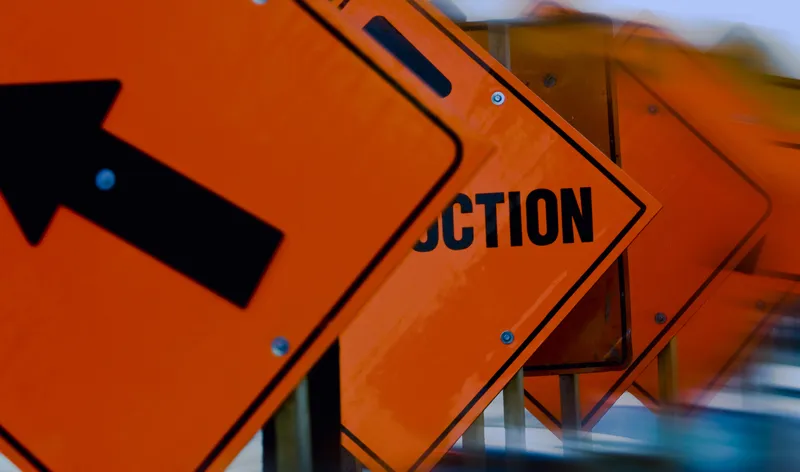Tougher testing standards are being introduced in the US to measure vehicle crash performance. The new tests are focusing strongly on side impacts, with the introduction of a new pole impact category.
February 9, 2012
Read time: 2 mins
Tougher testing standards are being introduced in the US to measure vehicle crash performance. The new tests are focusing strongly on side impacts, with the introduction of a new pole impact category. This has been introduced as it is recognised that while side impacts into poles and trees only form a small percentage of vehicle crashes, they represent a major hazard to road users. Modern cars have been designed over the last 40 years to offer ever better impact performance, with 1685 Mercedes having led the field in the development of cars featuring crumple zones. However side impacts with poles have taken less of a precedent during design, something that the authorities now wish to address. For new vehicle buyers it will be worth noting that the new crash ratings will result in many recent models achieving lower scores than previously. However these lower scores will reflect the introduction of the new pole test and may actually be safer than those vehicles with higher scores awarded a few years before. The 834 National Highway Traffic Safety Administration says it will conduct an extensive campaign to make the public aware that the new vehicles will face an additional test and that scores may be affected, although overall safety for the user will actually improve.









